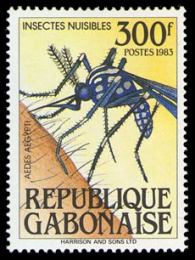In sub-Saharan Africa (SSA), malaria caused by Plasmodium falciparum has historically been a major contributor to morbidity and mortality. Recent reports indicate a pronounced decline in infection and disease rates. The decline has also occurred in areas with limited or no intervention. The present study assessed temporal changes in Anopheline populations in two highly malaria-endemic communities of NE Tanzania during the period 1998-2009. Between 1998 and 2001 (1st period) and between 2003 and 2009 (2nd period), mosquitoes were collected weekly in 50 households using CDC light traps. The average number of Anopheles gambiae and Anopheles funestus per trap decreased by 76.8% and 55.3%, respectively over the 1st period, and by 99.7% and 99.8% over the 2nd period. During the last year of sampling (2009), the use of 2368 traps produced a total of only 14 Anopheline mosquitoes. A longitudinal decline in the density of malaria mosquito vectors was seen during both study periods despite the absence of organized vector control.
Source:
Meyrowitsch DW et al. (2011) Malaria J. 10: 188 (attached)

- Log in to post comments
